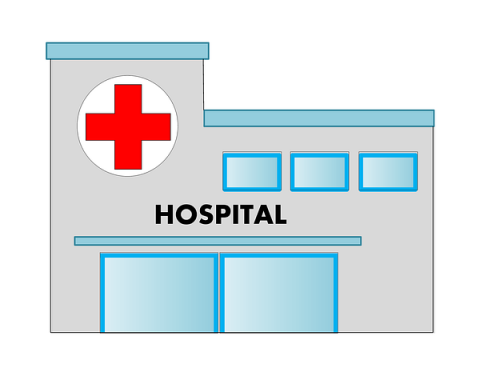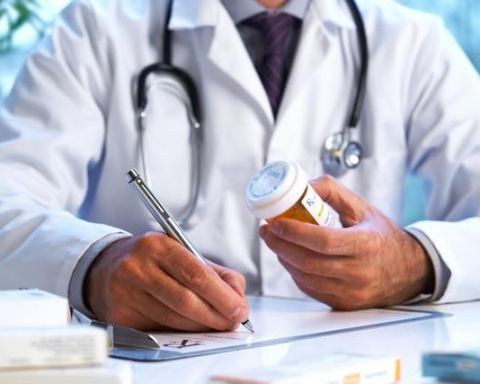One of the most interesting types of cardiovascular pharmaceuticals around is antiarrhythmic drugs, which can change the way your heartbeats.
Antiarrhythmic drugs help counteract abnormal heart rhythms resulting from the irregular electrical activity. These could include atrial fibrillation, atrial flutter, supraventricular tachycardia, and Wolff-Parkinson-White syndrome, among others.
When used, the goal of these medications is to restore normal rhythm—either on an ongoing basis or in a cardiac emergency. In the case of chronic arrhythmias, these pharmacological interventions may be paired with non-pharmacological treatments, such as atrioventricular nodal radiofrequency ablation or atrial pacing.
Types of Antiarrhythmic Drugs
There are several different types of antiarrhythmic drugs, which have different mechanisms by which they act. All of these medications alter membrane ion conductances, either directly or indirectly, which then modify the physical characteristics of cardiac action potentials.
Here are a few of the most common types of antiarrhythmic drugs:
- Class I – Sodium-channel blockers, which block sodium channels to reduce the magnitude and rate of depolarization, leading to a decrease in conduction velocity within the heart.
Common sodium-channel blockers include:- Disopyramide
- Mexiletine
- Moricizine
- Quinidine
- Procainamide
- Lidocaine
- Flecainide
- Propafenone
- Moricizine
- Class II – Beta-blockers, which bind to beta-adrenoceptors and block the binding of norepinephrine and epinephrine to these receptors that inhibit the normal sympathetic effects which are acted through these receptors.
Common beta-blockers include:- Acebutolol (Sectral)
- Bisoprolol (Zebeta)
- Atenolol (Tenormin)
- Nadolol (Corgard)
- Propranolol (Inderal LA, InnoPran XL)
- Metoprolol (Lopressor, Toprol-XL)
- Class III – Potassium-channel blockers, which bind to and block the potassium channels responsible for repolarization. This delay in repolarization leads to an increase in the duration of potential action and an increase in the effective refractory period or ERP.
- Class IV – Calcium channel blockers, which bind to calcium channels of vascular smooth muscle, cardiac nodal tissue, and cardiac myocytes, inhibiting calcium absorption into the cells. This causes negative inotropy, vasodilation, decreased heart rate, and reduced cardiac conduction velocity.
Common calcium channel blockers include:- Amlodipine (Norvasc)
- Felodipine
- Diltiazem (Cardizem, Tiazac)
- Isradipine
- Nifedipine (Procardia)
- Nicardipine (Cardene SR)
- Nisoldipine (Sular)
- Verapamil (Calan, Verelan, Covera-HS)
- There are also unclassified antiarrhythmic drugs, such as adenosine, which achieves an antiarrhythmic effect by slowing cardiac conduction (particularly affecting conduction through the AV node).
Use Cases
Because antiarrhythmic drugs control rather than cure abnormal heart rhythms, some patients with chronic heart rhythm complications, such as premature beats, supraventricular arrhythmias, or atrial fibrillation, need to take antiarrhythmics on an ongoing basis to correct the electrical activity and normalize their heart rhythm.
In other cases, an arrhythmia is not chronic, but may occur in an emergency, and require temporary mitigation. This is most common among patients in an intensive care unit, where 12% to 20% of all patients will present some sort of arrhythmia.
These drugs also have emergency applications in a variety of cardiac emergencies. Medical professionals undergoing ACLS & PALS training and certification learn to administer amiodarone in the treatment of various tachyarrhythmias, adenosine in the treatment of supraventricular tachycardia, and atropine to treat bradycardia.
Potential Risks
As with any potent medication, antiarrhythmic drugs pose a risk of severe side effects. One of the most frequent is proarrhythmia, which is the new or more frequent occurrence of arrhythmias, paradoxically provoked by the attempt to treat an arrhythmia.
These drugs are also quite toxic in excessive quantities, and overdoses are likely to be life-threatening. For instance, the Advanced Cardiac Life Support guidelines from the American Heart Association specify that a maximum of 2.2 grams of amiodarone should be administered within 24 hours.
The level of toxicity associated with incorrect dosage varies, but symptoms can include nausea, vomiting, diarrhea, drowsiness, and anticholinergic effects with a mild overdose, and seizures, hypotension, bradycardia, arrhythmias, and coma with a significant overdose.
Final Thoughts
Given the variety of mechanisms by which they operate, as well as the key function they serve in combating cardiac emergencies (which are the leading cause of death in the United States), antiarrhythmic drugs are well worth careful study.
By understanding what sort of antiarrhythmic drugs are available, what mechanism they operate on, and what the risks associated are, you’ll be able to serve better patients who are experiencing abnormal heart rhythms.
Furthermore, if you’re a medical professional whose ACLS or PALS certification has expired, it’s essential to review how these drugs are used in cardiac emergencies before recertifying. Understanding the use and mechanisms of common antiarrhythmic drugs is a vital part of both exams, so it’s worth brushing up before renewing.
About the Author:
Alfredo Davis is a successful blogger who often publishes content on health and wellness, parenthood, and home improvement. Aside from publishing regular content on his article, Alfredo also works with several other websites to have his works published, and reach more audience.







